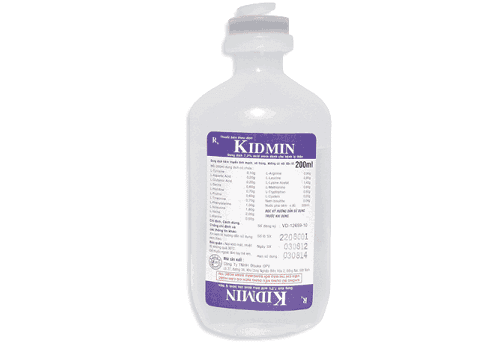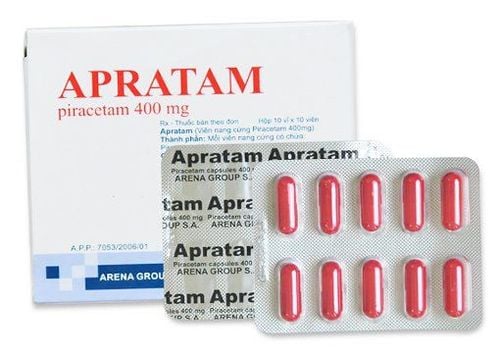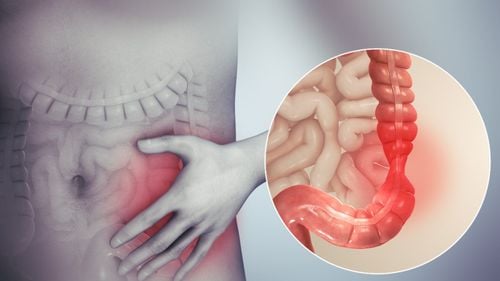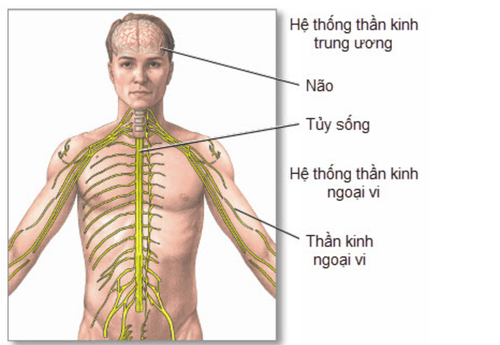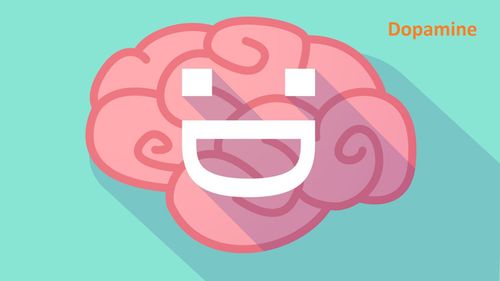This is an automatically translated article.
A neurotransmitter is an endogenous chemical in the brain that acts as a messenger to transmit nerve impulses between brain cells. For example, dopamine and serotonin are two of many types of neurotransmitters.
1. How the nervous system works
Nervous system consists of two parts:
Brain and spinal cord: Make up the central nervous system. The brain is the control center, always "talking" to the rest of the body. The spinal cord is the transmission center for messages, messages travel through the spinal cord, to the arms, legs and all other organs and organs. Nerves: Nerves are made up of small cells (Neurons), which make up the peripheral nervous system. Nerve fibers carry important messages, communicating back and forth between the body and the brain. All activities that take place inside and outside the body are connected to the nervous system. This communication network, known as the peripheral nervous system, is further divided into two main parts:
One is the autonomic nervous system: Controls what actions can be performed without having to think like rhythms. respiratory or digestive. The second is the somatic nervous system: Connects the senses with the brain to control muscles.
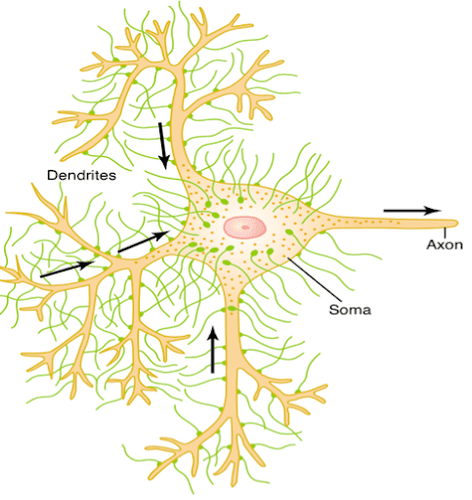
Các chất dẫn truyền thần kinh đóng vai trò quan trọng não bộ
The brain weighs about 1.3 kg, is the place to think, feel, learn and remember. The brain is also responsible for speech, walking and even breathing. There's a lot going on in a small space, so the brain creates folds and grooves to make room for all the information it has to hold.
A thought begins with an electric charge. This explains why in cartoons, when a character has an idea, there will be an image of a lightbulb overhead. This charge is called a nerve impulse and triggers chemicals - called neurotransmitters - to send signals to other nerve cells and the brain.
The signal transmission process takes place continuously until the right target is reached. The travel speed of some messages transmitted in the nervous system is faster than 321 km/h.
The way messages are received from the body, then returned to the brain and spinal cord is similar. Billions of neurons carry messages to and from the brain, including what happens to the eyes, ears, nose, tongue, and skin. Other reflexes receive messages from the brain and to the muscles that act.
2. What are neurotransmitters?
The messages transmitted in the nerve are sent through billions of nerve cells. The space between cells is called a synapse. Cells are linked to each other through chemicals, which are neurotransmitters. Neurotransmitters move across synapses to reach the next neuron.
There are many ways to classify neurotransmitters, of which the most common is to divide them into the following large groups:
Amino acids: glutamate, aspartate, D-serine, gamma-aminobutyric acid (GABA), glycine monoamine and other biogenic amines: dopamine, norepinephrine, epinephrine (adrenaline), histamine, serotonin Peptides: somatostatin, substance P, opioid peptides Others: acetylcholine (ACh), adenosine, anandamide, nitric oxide,... In addition, over 50 neuroactive peptides have been discovered and the number is still growing.
These chemicals are found between a pair of interconnected neurons (synapses). There are more than 100 trillion pairs of such interconnected neurons. Scientists call this complex network a neural forest.
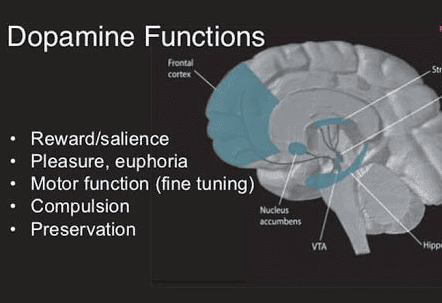
Dopamine đóng vai trò quan trọng trong việc tạo ra cảm giác niềm vui và cảm giác hạnh phúc
Dopamine "talks" to the brain about movement and serotonin sends messages about mood. Meanwhile, neurotransmitters that send pain signals are called endorphins.
For example, if you step on something sharp, the nerves in your feet send a "very painful" message through many neurons to the central nervous system. Immediately, the brain and spinal cord responded to the message by: Lift your leg away from the stabbing object. Another example, when you are walking on a garden path, suddenly a snake appears. Your brain sends adrenaline into your bloodstream. This keeps you on high alert and prepared for the next possible contingencies. Your heart beats faster, pushing more blood to your heart and other organs. Your blood pressure also goes up and your airways open wider to get more oxygen to your lungs.
3. Conditions that disrupt neurotransmitters
The nervous system has many layers of protection. For example, the brain is protected by the skull, and the spinal cord is protected by the small bones in the spine (vertebrae) and the thin covering (membranous). Both are buffered by a clear fluid, called cerebrospinal fluid.
But like any other part of the body, the nervous system can work the wrong way for some reason. When a problem disrupts neurotransmitters, it affects communication between the brain, spinal cord, and body. Examples of nervous system problems include:
Infections: Meningitis, encephalitis, or paralysis Physical problems: Trauma, peripheral nerve palsy (face distortion), or carpal tunnel syndrome Problems with blood vessels: Stroke, transient ischemic attack (TIAs), or subdural hematoma (when blood accumulates outside the brain, usually after severe trauma to the brain head) Medical conditions: Parkinson's disease, multiple sclerosis, or Alzheimer's.
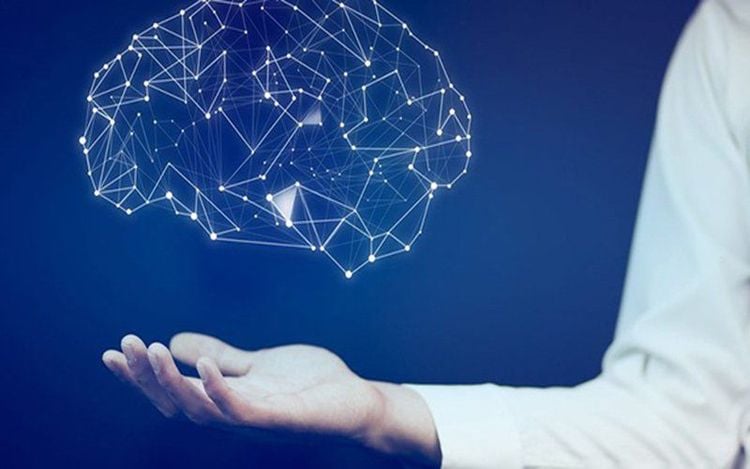
Bệnh Parkinson là một nguyên nhân gây làm rối loạn chất dẫn truyền thần kinh
In it, Parkinson's disease damages nerve cells, affecting movement. Signs include tremors in the hands or fingers, slow movements, stiff muscles, difficulty with balance, and changes in speech. In Alzheimer's disease, nerve cells lose connection with each other. If the link is severed, they will stop working as they should and eventually die.
4. Nervous System Health
The brain needs sleep to rest and repair itself just like the rest of the body. To keep your nervous system healthy, you need a regular sleep schedule, combined with a healthy, balanced diet and foods rich in omega-3 fatty acids. These include fatty fish, such as salmon, tuna, mackerel, and herring.
Stress can also affect the nervous system, practicing some of the following tips can help manage stress:
Exercise regularly Allow yourself to rest Spend time enjoying with family and friends. friends Meditation, yoga or other activities Thus, in the central nervous system there are many neurotransmitters, the most common are Dopamine and Serotonin. The functional balance between neurotransmitter chemicals is very important for the normal functioning of the central nervous system. Neurotransmitter disorders will cause a lot of mental illnesses that are difficult to treat, can be life-threatening and even life-threatening.

Thư giãn làm giảm căng thẳng giúp sẽ có lợi cho hệ thống thần kinh
Vinmec International General Hospital is a high-quality medical facility in Vietnam with a team of highly qualified medical professionals, well-trained, domestic and foreign, and experienced.
A system of modern and advanced medical equipment, possessing many of the best machines in the world, helping to detect many difficult and dangerous diseases in a short time, supporting the diagnosis and treatment of doctors the most effective. The hospital space is designed according to 5-star hotel standards, giving patients comfort, friendliness and peace of mind.
To register for an examination at Vinmec International General Hospital, you can contact the nationwide Vinmec Health System Hotline, or register online HERE.
Reference source: webmd.com




